Wyoming has drawn attention for having some of the highest beer prices in the United States, second only to Alaska, according to recent data compiled by Visual Capitalist in March 2025, Laramie Live reports.
The average cost for a 24-pack of popular domestic beer brands such as Bud Light or Miller Lite in Wyoming is $28.78—well above the national average and far higher than states like Illinois, where the same quantity costs just $16.43. This price discrepancy has surprised many out-of-state visitors, prompting questions about what makes beer in the Cowboy State so expensive.
Interestingly, Wyoming has the lowest beer tax in the country. The state’s excise tax on malt beverages is only about two cents per gallon, which translates to roughly one cent per six-pack. Despite this minimal tax burden, retail beer prices remain among the nation’s highest.
Experts suggest that the elevated prices may stem from logistical challenges and market dynamics unique to Wyoming. As a sparsely populated state with vast rural areas, distribution costs are typically higher than in more densely populated regions. These increased transportation and handling expenses can be passed along to the consumer.
Another contributing factor is Wyoming’s status as a “control state.” Unlike “open states,” where private businesses handle alcohol sales and distribution, control states like Wyoming manage the sale and pricing of alcoholic beverages at the state level. In such systems, the government often sets minimum prices and regulates distribution, which can lead to higher costs for consumers.
Additionally, Wyoming imposes regulatory fees on malt liquor distributors, including a $250 annual licensing fee for wholesalers. While relatively modest, these fees are part of a broader system that may add layers of cost to the supply chain.
Demographics may also play a role in shaping local pricing strategies. Wyoming, particularly areas like Jackson Hole, attracts a significant number of high-net-worth individuals. Some observers speculate that the state’s high average income in certain regions could influence pricing strategies, with businesses setting higher prices in response to consumer demand rather than production costs alone.

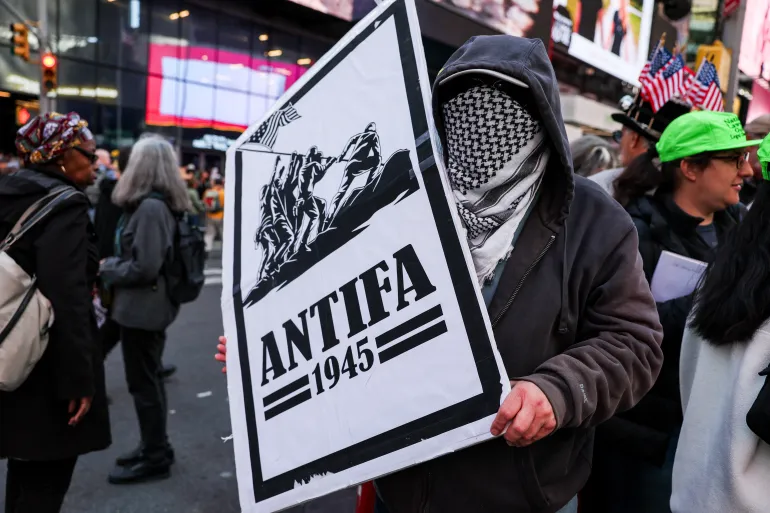
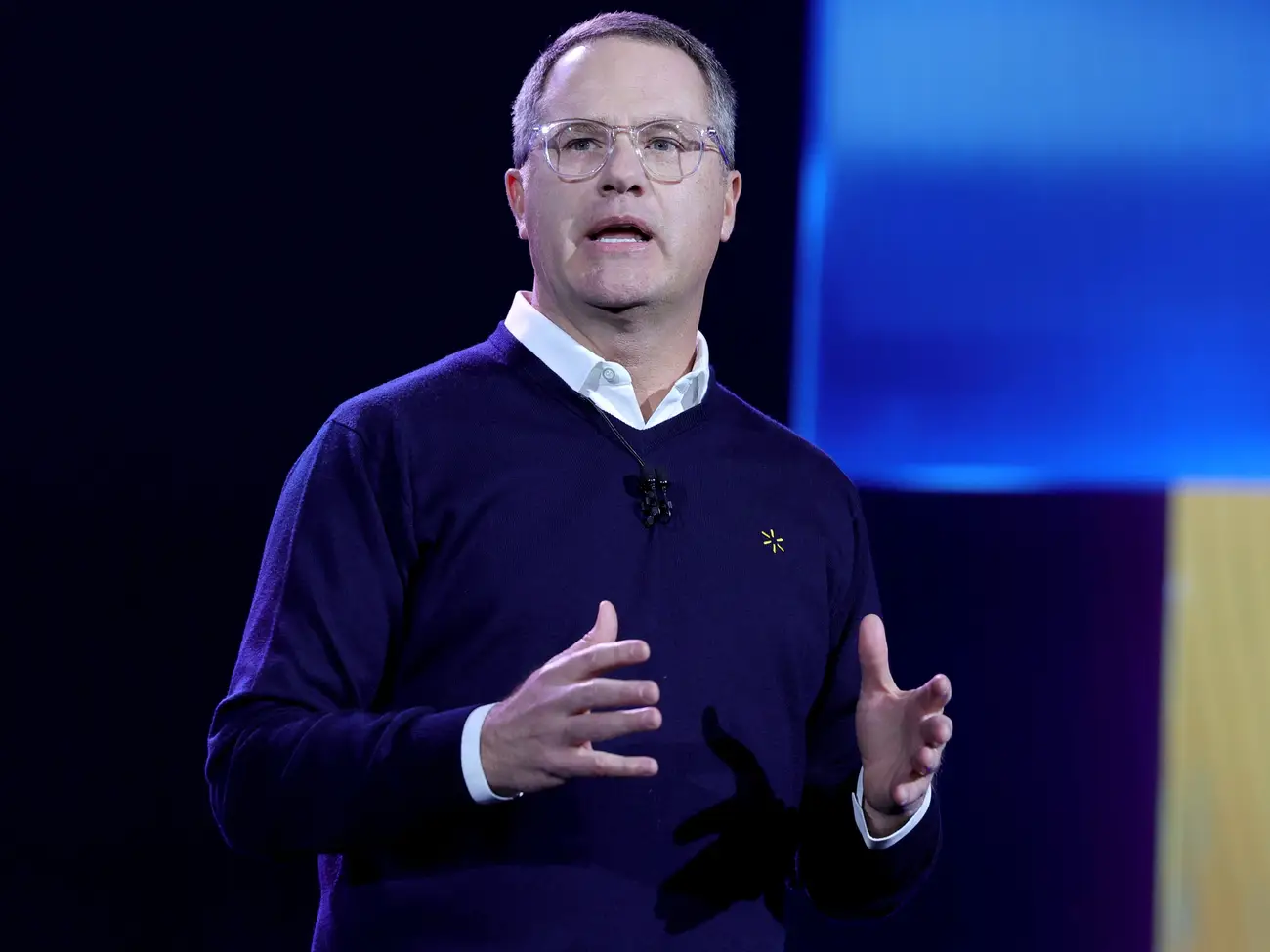
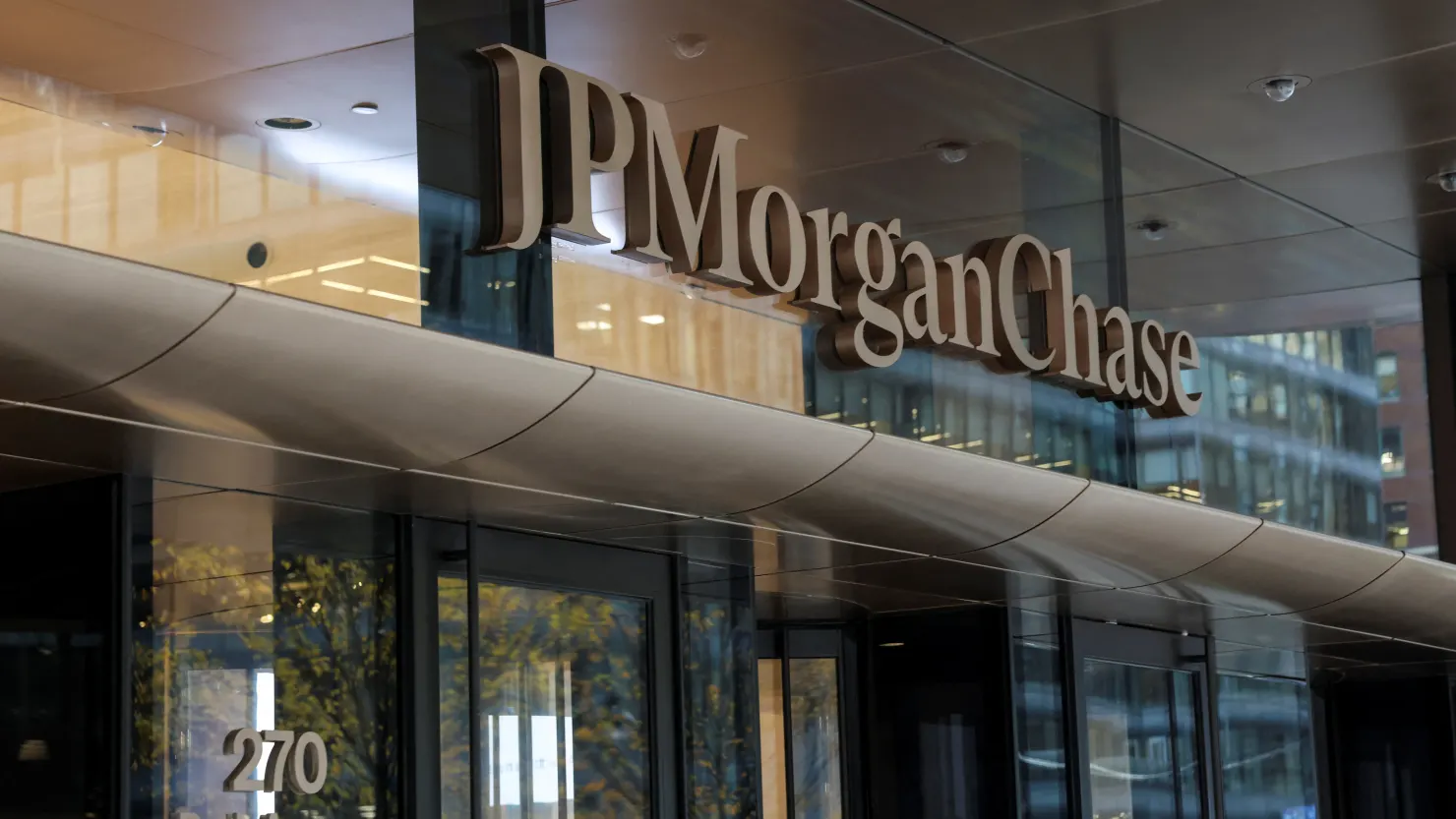

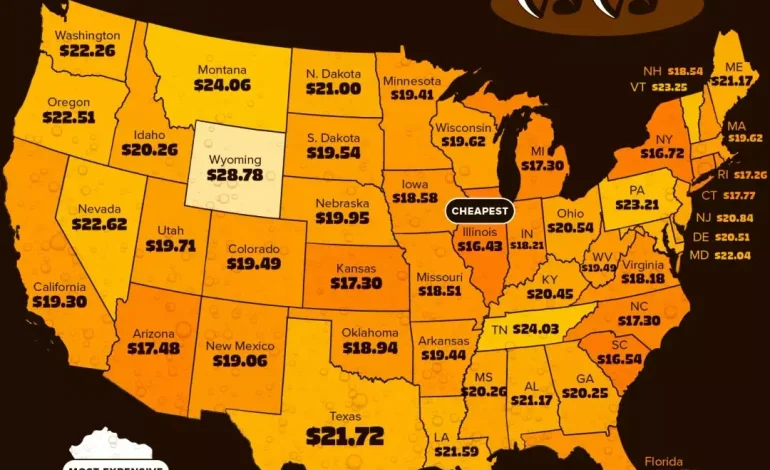

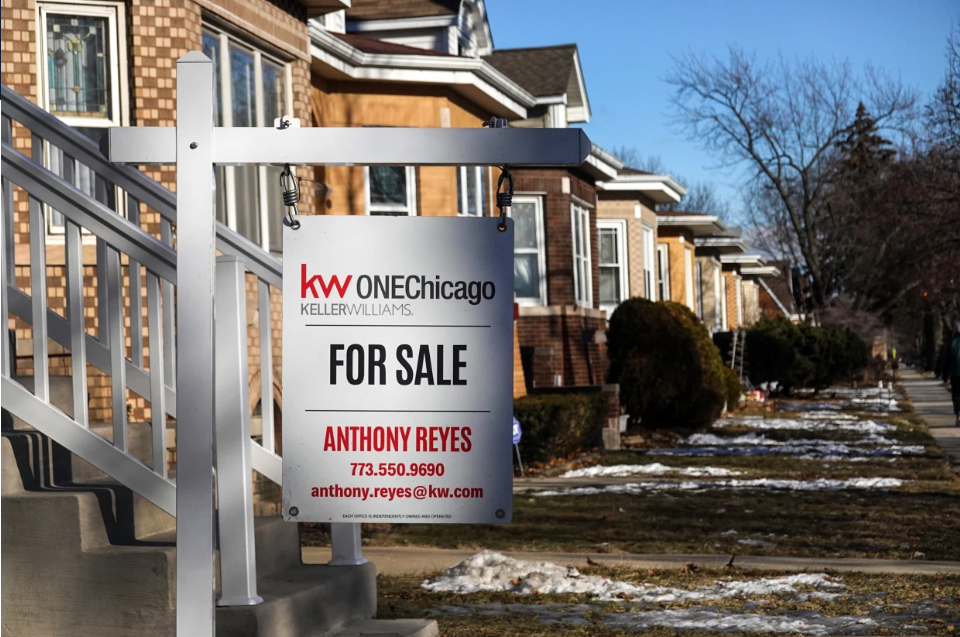
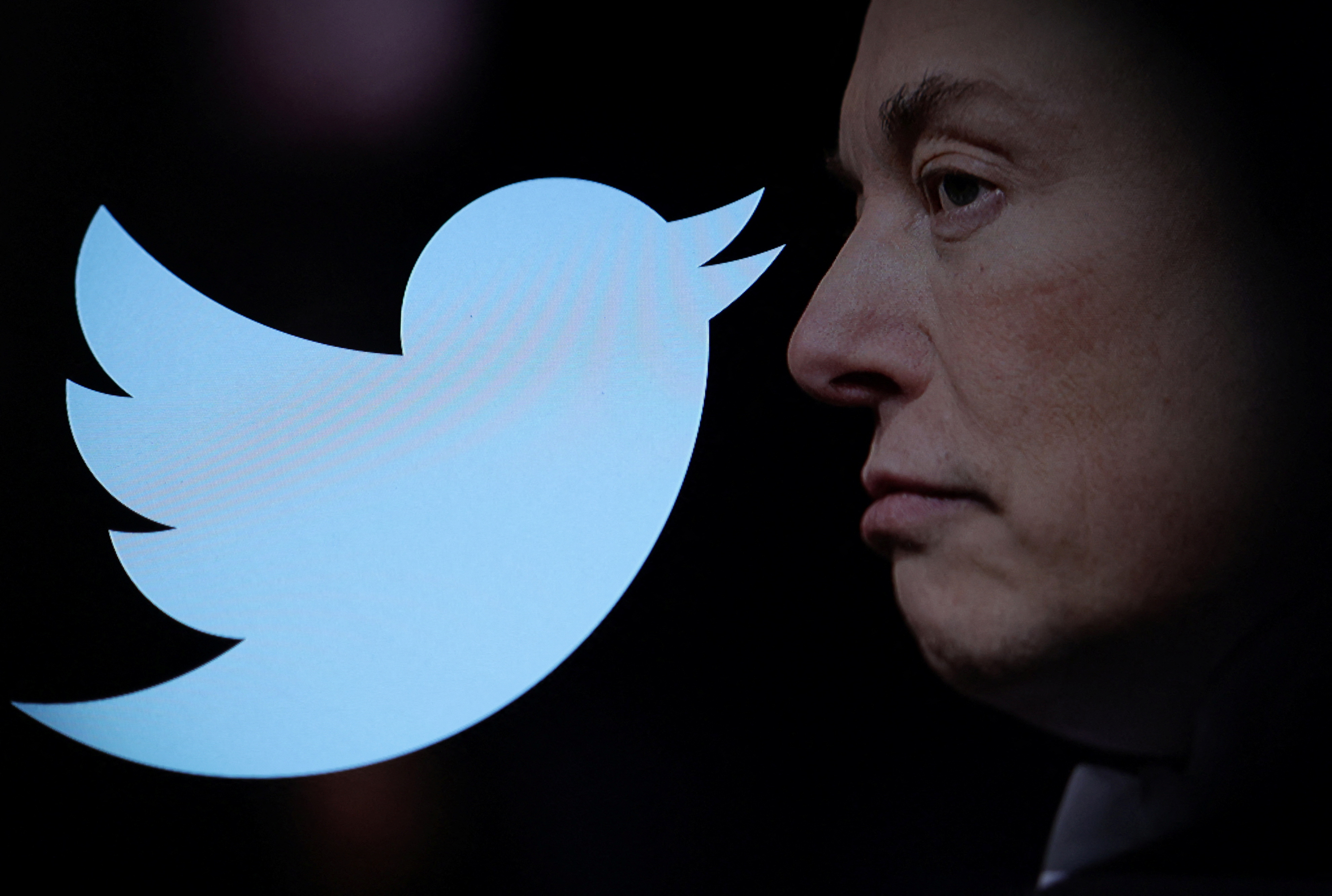
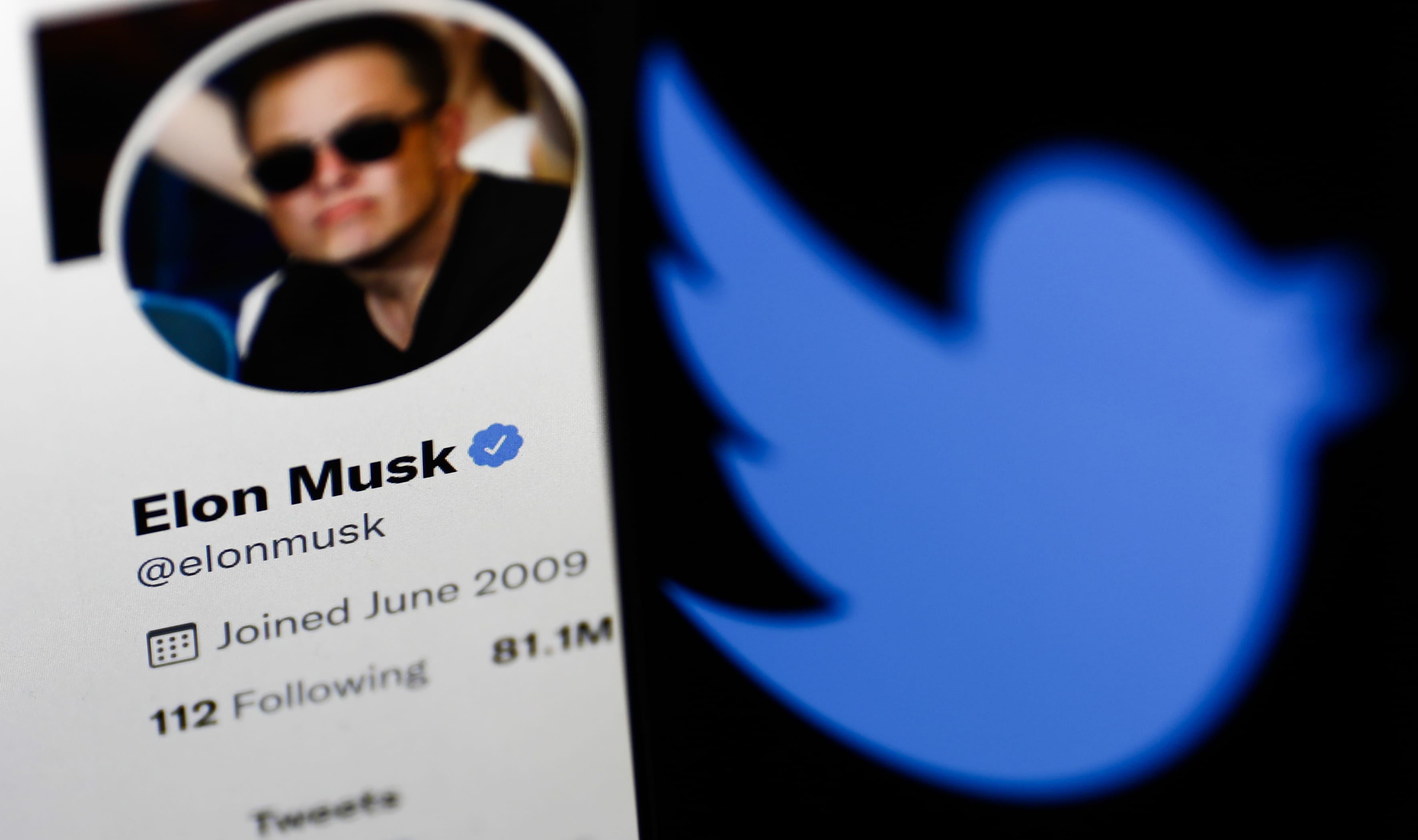
The latest news in your social feeds
Subscribe to our social media platforms to stay tuned